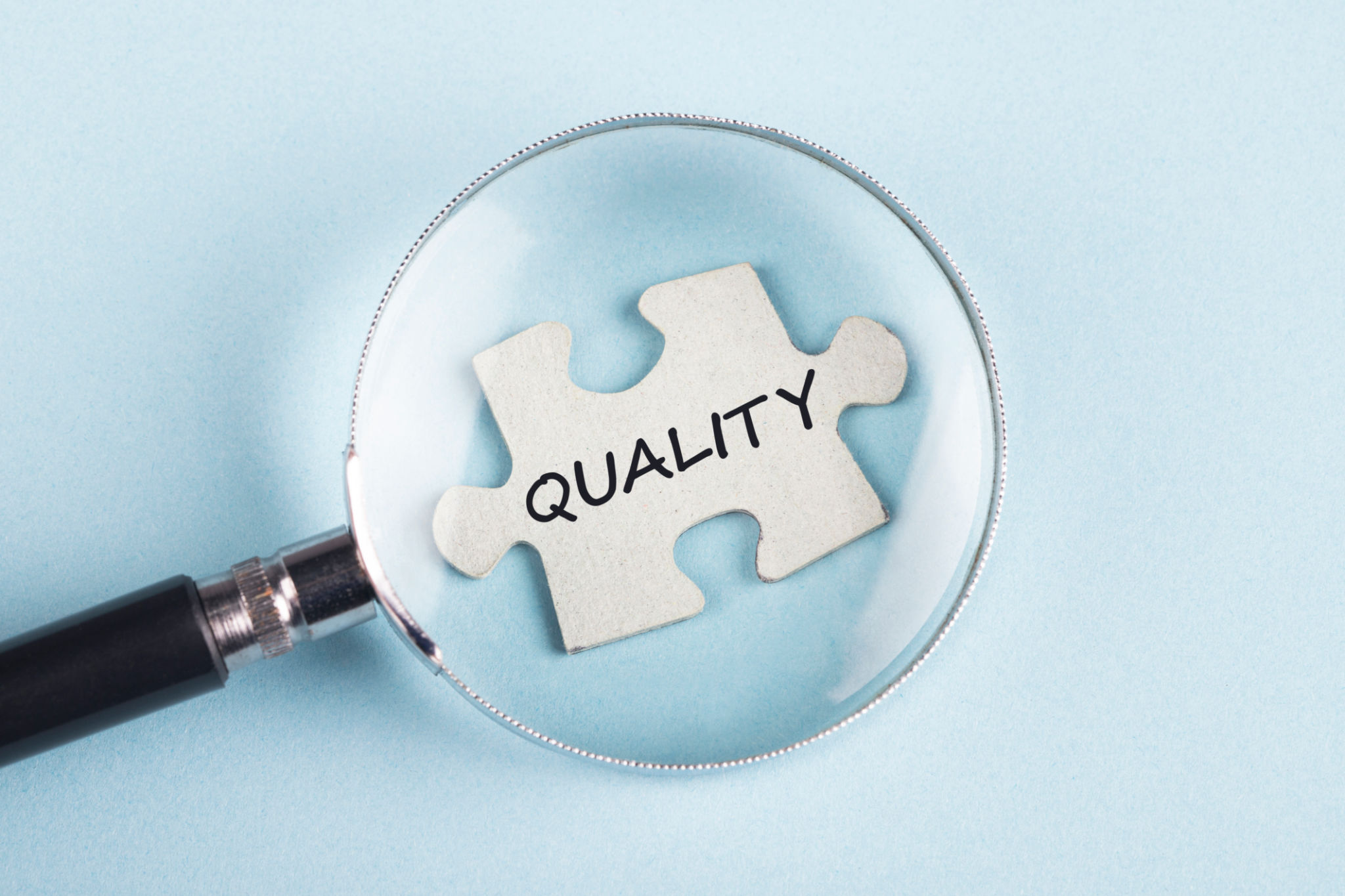Case Study: Successful Farsi Legal Translation in Newmarket
Introduction to Farsi Legal Translation Challenges
Legal translation requires precision and an in-depth understanding of both the source and target languages. In the context of Farsi legal translation, these challenges are compounded by the nuances of legal terminology and cultural differences. In Newmarket, a growing demand for Farsi translation services has emerged due to its diverse population.
Providing accurate legal translations is critical not only for ensuring legal compliance but also for protecting the rights of all parties involved. In this case study, we explore how a successful Farsi legal translation project in Newmarket overcame typical challenges to deliver exceptional results.

Understanding the Client's Needs
The first step in any successful translation project is understanding the client's needs. In this case, the client was a law firm in Newmarket that required the translation of several legal documents from English to Farsi. These documents included contracts, court filings, and client correspondence.
The law firm needed translations that were not only accurate but also culturally sensitive to ensure that the nuances of the original texts were preserved. This required a translator with expertise in both legal terminology and Farsi language nuances.
Assembling a Skilled Translation Team
To address the complexities of this project, a team of certified translators and legal experts was assembled. This team brought together experienced professionals who were proficient in both Farsi and English legal systems. Their collective expertise ensured that translations were not just linguistically accurate but also contextually relevant.

An essential part of the team's strategy was continuous collaboration with the client to clarify any ambiguities in the source text and to ensure that the translations met their specific requirements. This proactive approach minimized potential misunderstandings and facilitated a smoother translation process.
Implementing Quality Assurance Measures
Quality assurance is a cornerstone of effective legal translation. In this project, multiple layers of review were implemented. Each document was subjected to a rigorous proofreading process by at least two independent translators, followed by a final review by a legal expert.
This meticulous process ensured that any errors were caught early and that every translation adhered to the highest standards of accuracy and consistency. Feedback loops were established to continually refine the process based on client input and evolving project needs.

Overcoming Cultural and Linguistic Nuances
One of the major challenges in Farsi legal translation is addressing cultural and linguistic nuances that may affect interpretation. The translation team paid particular attention to idiomatic expressions and legal jargon that could vary significantly between English and Farsi.
Through detailed research and consultation with cultural experts, the team was able to produce translations that were not only precise but also resonated culturally with the target audience. This attention to detail was pivotal in ensuring that the final translations were legally sound and culturally appropriate.
Delivering Successful Outcomes
The project culminated in the successful delivery of all required documents within the agreed timeline. The client expressed high satisfaction with the accuracy and quality of the translations, highlighting the team's attention to detail and commitment to excellence.
This case study exemplifies how effective collaboration, expert knowledge, and rigorous quality assurance can lead to successful outcomes in complex legal translation projects. It also reinforces the importance of cultural sensitivity and linguistic expertise in bridging language barriers.